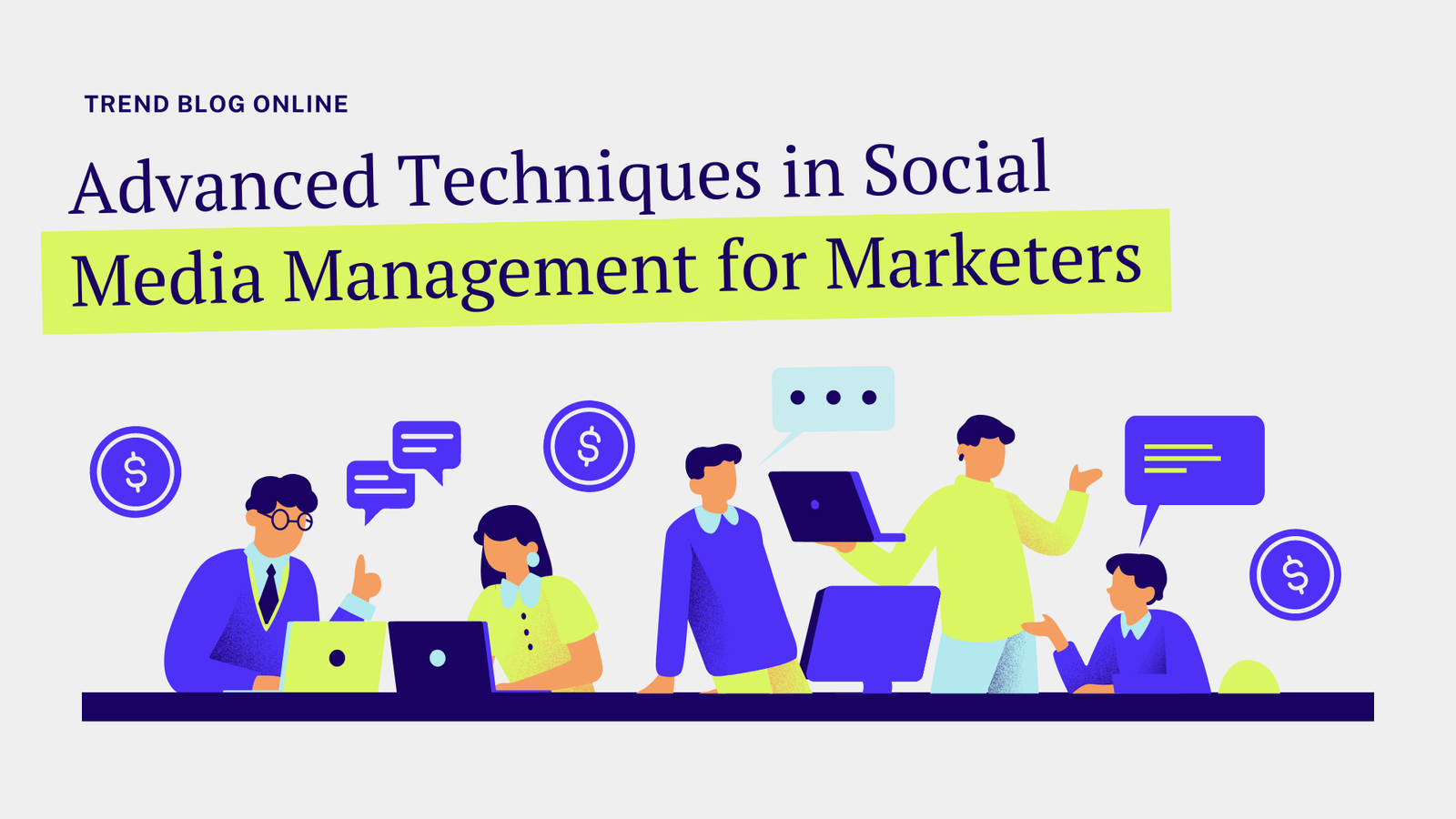Intro:
With a base of more than five billion, social media has gone from being an attraction to a necessity for businesses, it’s an essential tool to engage potential customers and grow their footprint.
Social media management define
Social media has revolutionized relationships and marketing by providing a platform for businesses and brands to increase visibility, communicate with customers, and increase business sales. This is a very important requirement that varies from business to business
- Social media management involves managing and promoting a brand’s presence on social platforms such as
- Creating and Uploading Content for Your Website Creating interesting posts that attract relevant audiences
- Collaborate with your followers Engage with users weekly through comments, messages, and mentions
- Tracking Brands Regular Mentions Monitoring conversations about those brands on social media platforms
- Reviewing your data Creating future government policies Analyzing the effectiveness of social media efforts When is the rule
Essential Skills for Social Media Managers

Mastering social media management requires a variety of skills
- Creativity: Creating relevant, specific, and interesting content that engages consumers
- Strategic thinking: defining and executing impactful social media plans
- Analytical skills: thorough analysis of data to better understand audience behavior and predict future trends
- Communication skills: Engaging with your followers and customers and skillfully conveying the brand’s message
- Interpersonal skills: further develop your interpersonal relationships with the online community
Core responsibilities of a social media manager
Social media managers shape a brand’s digital identity while also handling various essential tasks that further enhance the overall success of its social media initiative.
Social media strategy development
Follow the steps below to create an effective social media practice
- Marketing Research: Understand your target audience’s preferences and needs
- Regular Calendar Tia
- Content planning: content aligned with brand goals
- Campaign Execution: Manage and regularly launch campaigns to achieve specific goals
Visual content and copywriting
Creating attractive content is very important in visual content copywriting:
- Captions: Create compelling and relevant content that meets users’ needs
- Graphic Designing: Create eye-catching and user-engaging designs using graphics tools such as Canva or Adobe Creative Suite.
- Video Creation: Also create effective and relevant video content to convey brands’ messages
Types of content
Add relevant content formats
- Long-form content: Create feature articles and articles and blog posts for platforms like LinkedIn
- Short Form Content: Create short and most relevant content posts for player forms like Twitter and Instagram
- Live Streams and Stories: Live chat and create temporary content on platforms like Facebook and Instagram
- Shoppable Content: Create posts that facilitate the direct purchase of a product or service through the platform
Community engagement
Build a loyal and peaceful community by:
- Responding to Comments: Regularly and promptly responding to customer relations and address inquiries
- Engaging in Conversations: Regularly actively participating in relevant online forms
- Brand Positioning: Putting together a collection of valuable visuals to establish your thought leadership
Data analysis
Evaluate the impact of social media through them
- KPIs Monitoring: Regularly use a social media monitoring platform to track things like message reach, engagement and conversions.
- So abuse tools: Regularly use analytics tools like Google Analytics and Social Media Analytics
- Strategy optimization: Regularize data analysis to optimize future campaigns
- This streamlined version maintains and updates key point descriptions of each section of the original and valuable documentation
Social media best practices

Following social media best practices can get you significant results. Here are 17 great and unique ways to consider.
- Use Social Media Effectiveness Regularly use a social media management tool to analyze content creation times and content effectiveness:
- Understand platform guidelines: Follow social media platform-specific rules and restrictions regularly.
- Reuse Content: Share valuable content more than once to increase your message reach and ensure important messages are delivered.
- Choosing the right platform: Focus on relevant and trending channels that connect most effectively and reliably with your target audience.
- Improve your profile: Complete all parts of your social media file without cutting any details
- Keep your usernames to yourself: Securely save your favorite usernames across all platforms to maintain brand consistency and peace of mind.
- Monitor Conversations: Always be alert to mentions of brands and actively participate in conversational activities.
- Engage in social listening: Stay up-to-date on trends and interactions with audiences to improve your decision-making and content performance.
- Use Hashtags: Increase your posts’ ranking by strategically using relevant and training hashtags.
- Study Your Competitors: Leverage their tactics and strategy to effectively differentiate your brands.
- Expanding your content offering: Create an engaging content format to maintain audience interest and engagement
- Experiment with posting frequency: Determine the optimal number of posts to keep their interest and needs in front of you.
- Time your posts strategically: Schedule posts based on audience engagement
- Plan posts in advance: Use the scheduling tool regularly to maintain a consistent and consistent schedule of posts so that you don’t make any mistakes in scheduling.
Conclusion:
Social media offers unprecedented opportunities to become globally known develop your loyalty and meet business needs. Management is based on strategic planning, relevant content, and audience engagement in collaboration with social media managers and brands. A comprehensive strategy of identifying artisans further optimizes initiatives through compelling content and relevant data Applying platform dynamics increases visibility and builds long-lasting relationships with audiences Businesses in the digital age fully explain the best success of this.

